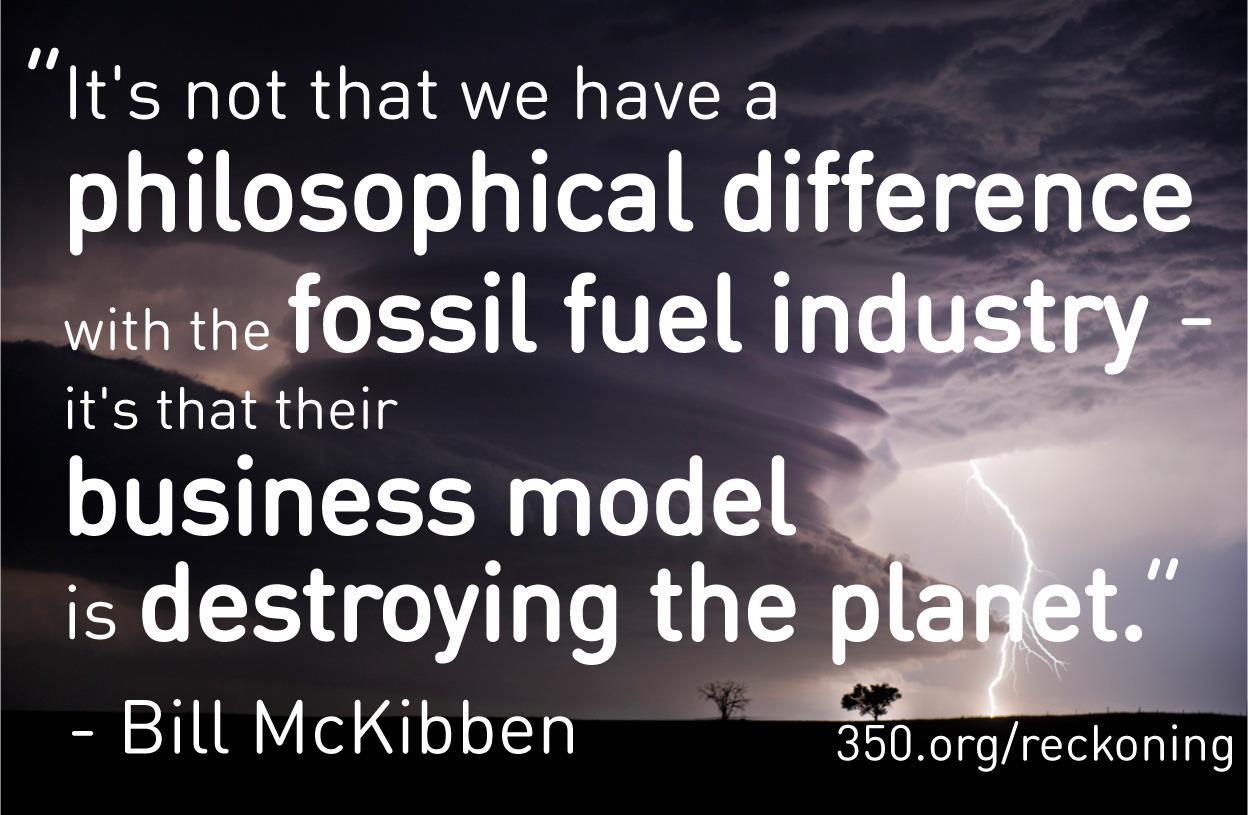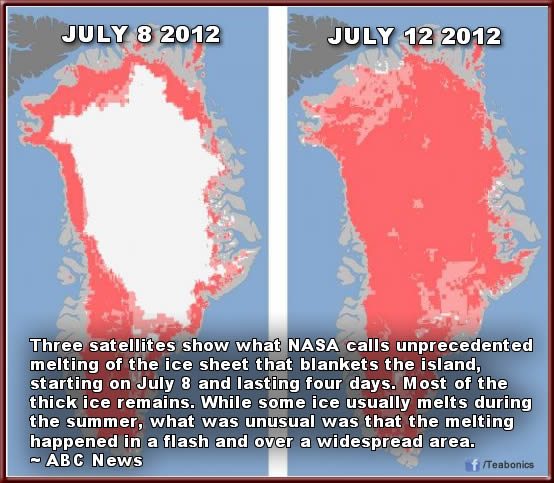More footage from Chasing Ice, this time an astonishing clip of the largest iceberg calving ever recorded. Arctic sea ice levels this summer hit a record low; according to the U.S. National Snow & Ice Data Centre in September, more than 600,000 square kilometres more ice had melted in 2012 than was ever recorded by satellites before. We are indeed melting our children’s future, and apparently many of us are too busy to hold our governments to account for their lack of action.
[youtube=http://www.youtube.com/watch?feature=player_embedded&v=YoA_Z7y8f6Q]
*
Does it all seem a little far away? After all, most of us don’t live anywhere near the Arctic. “Total Devastation” is a perspective from the U.S. East Coast post Hurricane Sandy:
*
[youtube=http://www.youtube.com/watch?v=1xQI0dhGMWw&feature=player_embedded]
*
More links:
Arctic Sea Ice Levels Hit Record Low, Scientists Say We’re ‘Running Out of Time’



